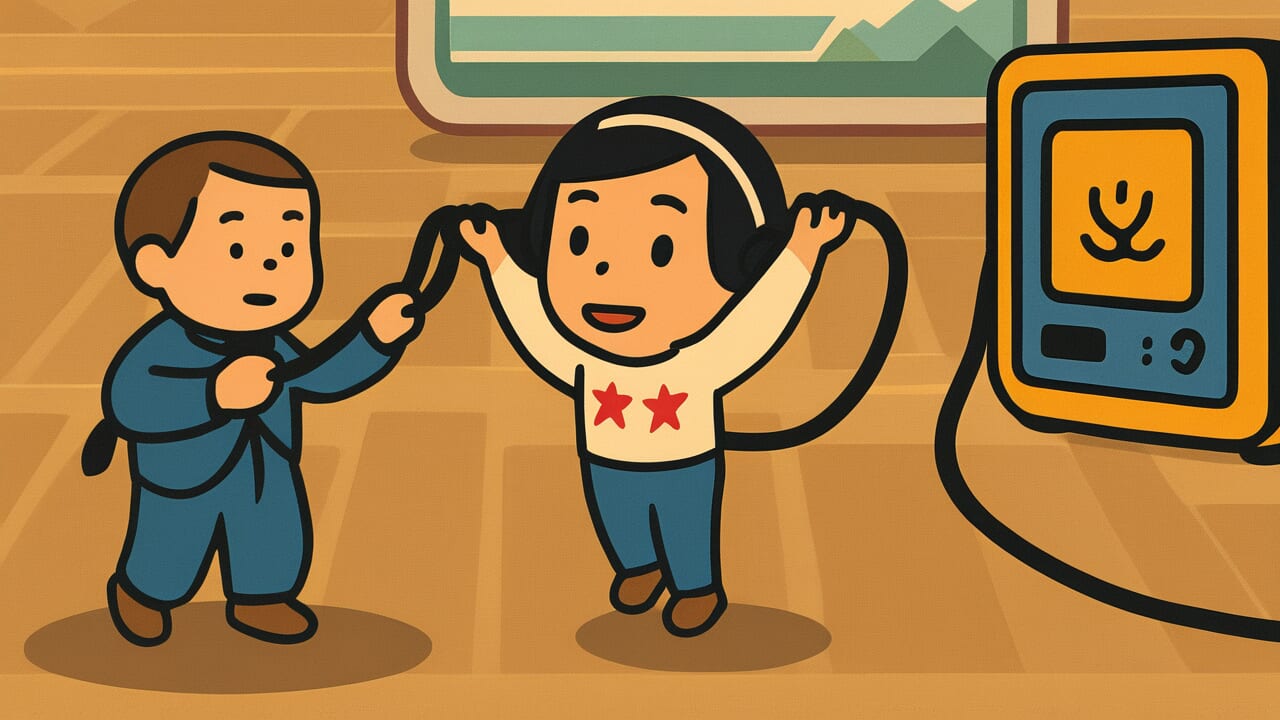How to Read “The thief doesn’t hate the child who steals, but resents the person who ties the rope”
nusumi suru ko wa nikukarazu shite nawa kakuru hito ga urameshii
Meaning of “The thief doesn’t hate the child who steals, but resents the person who ties the rope”
This proverb criticizes a misguided attitude where someone doesn’t hate the person who committed wrongdoing, but instead resents the person who enforces the rules.
It points out the backwards psychology of not hating the child who stole, but resenting the official who catches them and ties the rope.
This saying applies to situations where people ignore their own mistakes or responsibilities and instead hold grudges against those who point out or try to correct their errors.
It warns against human weakness—turning away from the real problem to protect yourself.
Even today, we see this psychology everywhere. People get angry when corrected for breaking rules. Whistleblowers get attacked for exposing wrongdoing.
The proverb reminds us of an obvious but easily forgotten truth. The person who should be blamed is the one who did wrong, not the one trying to make things right.
Resenting the person who enforces justice is completely misguided.
Origin and Etymology
There are no clear written records about the exact origin of this proverb. However, based on its structure, it likely emerged among common people during the Edo period.
The phrase “child who steals” suggests it came from actual theft incidents and law enforcement of that time.
During the Edo period, the town magistrate’s office had officers called okappiki and doshin who maintained public order. When they arrested criminals, they actually tied ropes around them for transport.
The expression “ties the rope” directly reflects this practice.
The phrase “nikukarazu” (doesn’t hate) is particularly interesting. It means “not hateful,” sharply pointing out a contradiction in human psychology.
The feelings toward the wrongdoer are weak, but the resentment toward the enforcer is strong.
This proverb was born to warn against human weakness—refusing to admit one’s faults and trying to shift responsibility to others.
It’s a crystallization of keen human observation that emerged from everyday life.
Usage Examples
- Treating the auditor who pointed out accounting fraud as the bad guy is exactly “The thief doesn’t hate the child who steals, but resents the person who ties the rope”
- Getting angry when corrected for breaking rules is precisely the attitude of “The thief doesn’t hate the child who steals, but resents the person who ties the rope”
Universal Wisdom
This proverb reveals the distorted activation of human self-defense instincts. Why do people resent those who try to correct wrongdoing instead of the wrongdoer?
The answer lies in human psychological mechanisms. Admitting your mistakes deeply wounds your self-esteem.
So people unconsciously look away from the real problem and direct their anger toward easier targets.
If you hate the wrongdoer, you face the anxiety that you might commit the same mistake. But if you resent the enforcer, you can position yourself as the victim.
This psychology is universal across time. From ancient times to today, people have always struggled with the difficulty of admitting their faults.
Accusers getting attacked, whistleblowers being expelled from organizations—these all stem from the same human nature.
This proverb has been passed down because it offers valuable wisdom. It sees through human weakness and warns against it.
Our ancestors teach us that true courage means admitting your mistakes and respecting those who act correctly.
When AI Hears This
This situation—where a child who stole resents the person trying to catch them—captures a moment when two cognitive biases in the human brain activate simultaneously.
First, the cognitive dissonance resolution mechanism kicks in. The human brain cannot tolerate the contradiction between “I am a good person” and “I did something bad.”
To resolve this discomfort, the brain automatically rationalizes: “I had no choice” or “circumstances forced me.” It blames external factors to maintain inner peace.
Research shows this cognitive dissonance resolution isn’t conscious judgment. The brain performs this automatic processing unconsciously within 0.5 seconds.
Meanwhile, a different bias activates toward the person tying the rope—the fundamental attribution error.
When observing others’ actions, humans tend to ignore situational factors and attribute causes to personality or malice.
The person tying the rope is simply following their “duty to uphold the law.” But the thief perceives it as “this person is personally attacking me.”
What’s fascinating is that the same human brain automatically applies opposite judgment standards to self versus others.
This double standard—lenient toward self, harsh toward others—evolved as the brain’s self-defense system. But it continues to spark conflicts and disputes.
Lessons for Today
This proverb teaches you the importance of taking responsibility for your actions. When someone corrects you or points something out, how do you react?
The urge to blame the other person is natural for everyone. But stop for a moment and calmly examine what the real problem is.
When your boss scolds you at work, when a friend gives you advice, when family worries about you—those moments may feel uncomfortable.
But the other person may have gathered courage to speak up for your sake.
In modern society, environments like social media make it easy to attack others. That’s why this proverb’s teaching becomes even more important.
Don’t attack the person pointing out problems. Instead, adopt an attitude of learning from their feedback. People who can do this will definitely grow.
This wisdom also helps when you try to correct someone’s mistakes. Understanding they might react defensively lets you communicate with more compassion.
To build relationships where you can grow together, keep this proverb’s teaching in your heart.



Comments